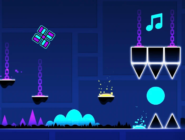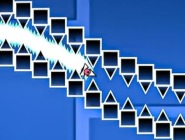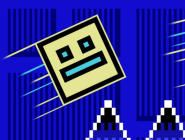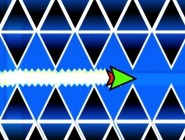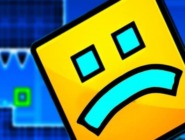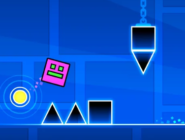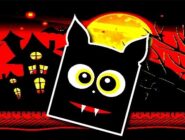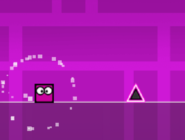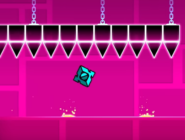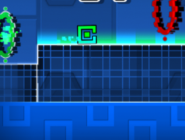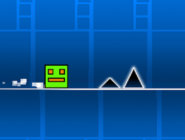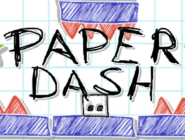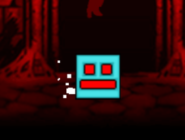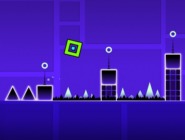Geometry Dash VR
Advertisement
Advertisement
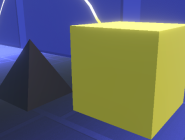
Geometry Dash VR takes the core ideas of the original rhythm-based platformer and reimagines them for virtual reality. Players are no longer tapping a screen but instead find themselves inside the game world, navigating through obstacles and reacting to music-driven cues in full 3D space. This version adds new perspectives to the familiar gameplay, allowing users to experience the fast-paced action from within the environment rather than above it. The result is a more immersive and reactive challenge that blends rhythm, movement, and timing.
Full-Body Control And Perspective Shift
Instead of traditional button presses, Geometry Dash VR uses head movements, hand gestures, or controller inputs depending on the platform. Players dodge, jump, and glide through neon landscapes while the soundtrack sets the pace. The camera follows the player’s path in first-person or third-person, depending on the selected mode. The level structure remains linear, but the experience becomes more intense due to increased field-of-view and spatial feedback. Players must react quickly and anticipate obstacles based on sound and motion.
Levels, Features, And VR Adaptations
The game brings classic levels into VR while also introducing new ones designed for 360-degree environments. Each level uses spatial design to guide player movement and create a more interactive path.
Key features in Geometry Dash VR include:
- VR-based controls using gestures or controllers
- Classic and new levels adapted for immersive gameplay
- 3D environments with dynamic lighting and rhythm effects
- First-person and third-person viewing options
- Real-time performance tracking and scoreboards
Music Integration And Timing Challenges
Just like the original game, music remains a core part of Geometry Dash VR. Each beat corresponds to an event, and missing the rhythm can cause collisions or missteps. However, in VR, sound also helps guide direction and action. Echoes, volume shifts, and positional audio give clues about upcoming changes in the environment. The combination of visual and audio cues enhances the need for concentration and precision. Different music genres are available, each influencing the tone and pace of levels.
Replay Value And User-Created Content
To keep players engaged, the game supports replayable levels and encourages speed runs and personal best tracking. Geometry Dash VR also includes tools for users to build and share their own levels, using a simplified VR interface. This adds a creative aspect to the experience, allowing the community to expand the content library. The blend of rhythm, movement, and VR immersion creates a version of the original game that feels both familiar and entirely new, inviting players to experience platforming from a new angle.
Related games
Comments

